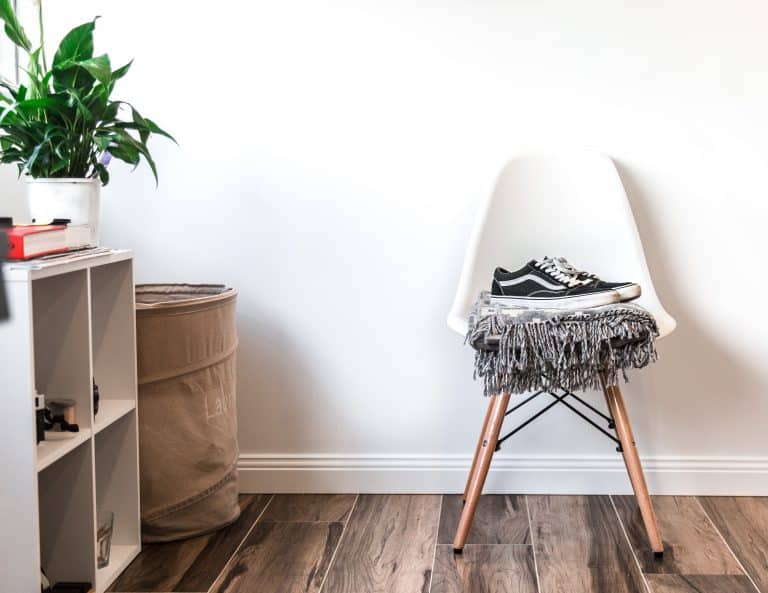If you’re shopping for a mortgage, you may have already identified a few things you have to budget for, such as a down payment and closing costs. But if you opt for a conventional mortgage – mortgage loans not backed by a government entity – you might also need to budget for a less well-known expense called private mortgage insurance (PMI).
In case you’re worried about possibility of more costs added to your upfront or ongoing expenses, we’ll offer this gentle consideration: Paying PMI isn’t necessarily a bad thing because it can ultimately help you get into your dream home faster. Additionally, keep in mind that there are ways to remove PMI after closing.
Even so, you may wonder how to avoid PMI altogether. Let’s walk through the technical definition of PMI, how much PMI will cost you and how to avoid PMI before we look at the flip side and consider the benefits of PMI.
What is PMI?
PMI refers to a type of insurance that protects mortgage lenders if homeowners default on their loans. You will have to make monthly PMI payments if your down payment is less than 20% of the loan amount.
For example, let’s say you borrow $200,000 to buy a home. You’ll have to put down $40,000 in order to avoid PMI.
There are two types of PMI: borrower-paid PMI (BPMI) and lender-paid PMI (LPMI). As the names would imply, BPMI is paid by you as the borrower, whereas LPMI is paid for upfront in a lump sum by the lender, who charges you a higher interest rate on your loan in exchange. We’ll go over both types of PMI in more detail below in looking at how to avoid PMI.
How Much is PMI?
One of the first questions you probably want to know: How does a mortgage lender calculate PMI? Many factors go into the calculation, including the following:
- Loan amount: The loan plays a part in how much you pay for PMI. The loan amount refers to the money you receive from your lender. In other words, it’s your home price minus your down payment.
- Down payment or equity amount: When purchasing your home, the amount you put down will be considered in calculating PMI. Or, if you’re taking out a home equity loan, your equity amount will be the deciding factor. Equity refers to the amount of your home that you actually own, calculated by taking your home’s value and subtracting the amount you owe your lender.
- Property value: Lenders view you as a “less risky borrower” when you put down a larger down payment relative to your property value, making it one of the most critical factors in calculating PMI. A recent appraisal will give you the most reliable indicator of the home’s property value.
- Debt-to-income ratio (DTI): Your debt-to-income (DTI) ratio compares how much you owe (recurring debt) compared to your monthly gross income. Your lender will consider your DTI when determining your PMI amount.
- Median FICO® Score: Mortgage lenders look at your credit score to determine your PMI cost. A FICO score is a three-digit number in the 300 to 850 range that tells lenders how well you pay back debt. FICO scores represent the most well-known and widely used type of credit score in the industry.
- Term of the loan: Your loan term — usually 15 or 30 years — will also play a role in determining how much you pay in PMI.

Your lender will look at factors in assessing how “risky” you are considered as a borrower. Generally speaking, the riskier your lender determines you to be, the higher your premiums will be.
How to Avoid PMI
Can you avoid PMI? Yes!
BPMI, the most common type of PMI, means your lender adds a PMI fee onto your monthly payment. Once your home has reached 20% equity (or put another way, is at 80% principal loan balance), you can request PMI removal. However, be aware that you may incur prepayment penalties if you do.
If you don’t request a cancellation, you will qualify for automatic PMI cancellation per the federal Homeowners Protection Act when your principal loan balance reaches 78% of the original value of your home.
On the other hand, you can avoid adding a fee to your monthly mortgage payment with LPMI, where the lender pays your PMI upfront. In exchange, you’ll accept a slightly higher interest rate than you could get without PMI. Additionally, you cannot cancel LPMI because it’s locked in as an interest rate. In other words, with LPMI, you’ll pay throughout the life of the loan and well beyond reaching 20% equity.
Another way to avoid PMI would be to consider other loan options such as a low-down payment program that doesn’t require PMI. State assistance programs or grants may help you, though you may have to pay a different type of mortgage insurance with these programs in your state.
For those who qualify, another loan option to explore is a government-backed loan through the Department of Veteran Affairs (VA). VA loans require that you are a veteran, active service member or qualified spouse.
FHA loans are another government-backed loan option that may not require you to pay for PMI. You can get an FHA loan with a low down payment (3.5%) and a credit score as low as 500.
These alternate types of loans often come with their own kind of mortgage insurance, however. As an example, FHA loans charge a mortgage insurance premium (MIP). If you put down less than 10% for a down payment, you’ll pay MIP for the life of the loan. And even if you put 10% or more down with an FHA loan, you’ll still pay MIP for 11 years before you can cancel.
Benefits of Choosing PMI
While we’ve looked at the ways you can avoid PMI, we’d like to challenge you not to necessarily think of PMI as “bad!” There are distinct advantages in that PMI allows buyers to own a home much sooner, instead of having to save for months or even years for a down payment. This makes it possible to build equity faster and stop paying for rent.
And even if your initial purchase includes PMI, you can also look at refinancing a mortgage down the line. Refinancing means replacing your current home loan with a new one, and you can cancel PMI if you refinance so that you have at least 20% equity in your home.
Refinancing does entail closing costs, however, so you’ll want to weigh those against the cost of paying mortgage insurance premiums. You’ll want to calculate whether or not you can recoup your closing costs faster than finishing off paying for PMI.
The Bottom Line
Avoiding PMI is one option, but not necessarily the best option for all prospective homebuyers. Remember: PMI can help you buy your dream home sooner with a lower down payment – and that can be a huge advantage. You can also remove PMI after closing, depending on the size of your loan balance.
Mortgage rates, monthly payments, closing Disclosures – there are a lot of terms to learn and keep track of throughout the homebuying process. We know it can be a lot, but we’re here to help from start to finish! Keep learning with our Homebuying 101 resources, or chat with one of our licensed mortgage brokers to get help finding the right mortgage solution for you.







